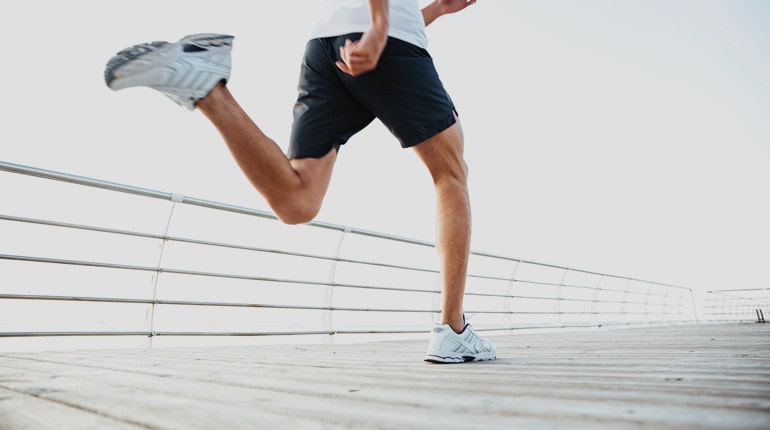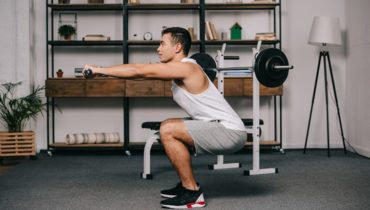Start your running journey today as a beginner or an experienced athlete with the right pair of the best running shoes for men. These shoes should give you a sense of comfort and protect you from any possible injury. This article will explore more information on the best running shoes for men.
What to Consider when Choosing the Right Running Shoes for Different Terrains
First, you can consider the kind of surface you’re running on to select the right running shoes. If you prefer to train on paved roads, you should get shoes with ample cushioning that absorbs shock and reduces the risk of injuries during road runs. If you’re running on muddy trails, you must get trail shoes with a deep tread supporting your ankles as you pass through uneven terrains.
The different terrains include smooth dirt, gravel paths, and rugged mud, rocks, and sand routes. They can determine the kind of shoes you should get, as shoes can be road-to-trail or surface-specific options. The road-to-trail shoes can handle different terrains and are suitable for beginners.
Such shoes are lightweight compared to road shoes and are stiff enough to handle unstable terrains. Rugged trail shoes can be better for technical trails as they guard the shoe to ensure you can maintain your footing on any terrain.
Second, you should assess your running style and examine how your foot naturally rolls inward and where the foot strikes the ground. Your foot shape and terrain can help you choose the right fit. Get a shoe that has a thumb’s width between the longest toe and the end of the shoe to increase comfort. Consider how the shoe is built and how it fits you to determine the suitable shoe you can use to run on any terrain.
Third, insoles are the best fit for your shoe, as they let your heel, arch, and ball of your foot feel comfortable. Insoles also prevent blisters, shin splints, hot spots, and slipping.
Fourth, consider the kind of socks you wear, as they affect the feel and fit of the shoe as your feet expand in the heat. Cotton socks aren’t suitable for running as they retain moisture and can cause blisters, calluses, and hot spots. Technical running socks are suitable as they support the arch and have extra padding to protect your foot. The socks should be higher than the running shoes so they don’t slip down as you run and cause friction on the back of your heel.
You can also carry the socks and insoles you use during your runs to compare how the new shoe will fit and how it feels. This can help you decide on the right shoe for every terrain.
Types of Running Shoes
The different shoes available include:
Motion-control Running Shoes
These are the best shoes for a runner who overpronates. They are often the most rigid shoes and are made to regulate excessive foot rolling, correct your gait cycle, and provide shock absorption.
Cushioned Running Shoes
Runners with underpronation require cushioned shoes to ensure they don’t roll inward or outward more than they should. Every stride you take helps your foot absorb shock that would otherwise be sent through your joints and toward your spine.
Stability Running Shoes
These kinds of shoes provide medial support and are designed to stop excess motion of your foot and ankle without restricting movement too much.
Lightweight Running Shoes
These shoes are flexible and can even make it feel like you aren’t wearing shoes. They decrease fatigue and pain after a run and are incredibly comfortable.
Trail Running Shoes
These shoes are designed for running on any terrain, such as hard pack, soft pack, fell, or a combination of tracks. This footwear is more durable uppers that protect your foot and let you enjoy extreme comfort on long runs. Their grip helps provide traction and stability on slippery and uneven surfaces.
Conclusion
Trail running shoes withstand natural environments and use different materials from the typical road running shoe. Trail running shoes are better on outdoor surfaces, but using them on a track is not advisable. Using the right shoe for the suitable terrain can ensure you don’t wear and tear your shoe.
For instance, using trail running shoes on the track can wear down the soft tread material, making it deteriorate, and it won’t offer the same protection if you use it afterward. So, you must match your footwear to the terrain and choose the best running shoes for men today from Runners Need.



